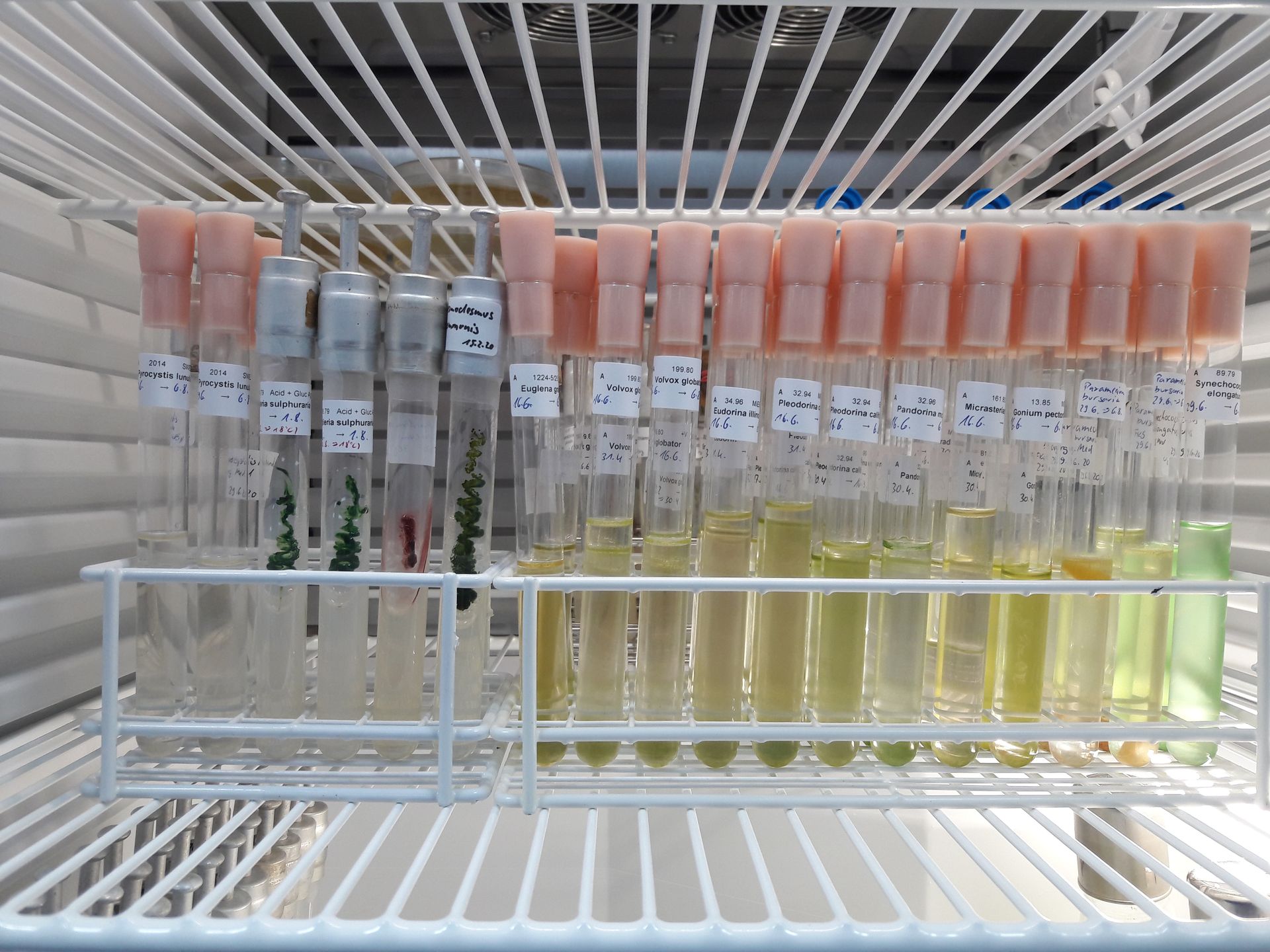During research on plasma streams in the laboratory in the middle of the last century, a very strong magnetohydrodynamic instability, the so-called kink instability, was observed and documented. Such processes have also been suspected in the naturally occurring plasma flows of the jets of active galactic nuclei. However, it was not yet possible to completely unravel the exact relationships with sudden brightness outbursts of the AGN, so called flares.
In the current issue of the highly renowned journal Nature, an article has been published in which an important step in this direction is taken. The AGN student team from the Science Lab for Students at FKG was also involved in the underlying observations.
The measurements were made of the active galactic nucleus BL Lacertae, which had an epochal flare in the summer of 2020. Since the student team has been monitoring this AGN regularly and closely since 2012 anyway, the increase in brightness was immediately registered at the Hans Haffner Observatory. In the following weeks, the students did their utmost to determine the brightness of this AGN on as many nights as possible.
In the subsequent months, the data from Hettstadt were combined with those from more than 30 other observatories spread around the world. This was done as part of an international consortium, the Whole Earth Blazar Telescope (WEBT), led by astronomers Massimo Villata and Claudia Raitier of the INAF-Osservatorio Astrofisico di Torino.
By analyzing the data in detail, astronomers led by Svetlana Jorstad of Boston University have now been able to detect quasi-periodic brightness fluctuations of exceptionally short duration, sometimes less than a day, known as QPOs (quasi periodic oscillations). These QPOs are, as it were, a "fingerprint" of the processes taking place in the jet. The researchers were thus able to conclusively model a connection between the flare and the kink instability. This chain of reasoning, based on precise measurements, is so significant that the journal Nature included the article in its issue of 07 September 2022.
Original publication
“Rapid Quasi-Periodic Oscillations in the Relativistic Jet of BL Lacertae”, Nature, 07 September 2022.
DOI: 10.1038/s41586-022-05038-9. https://www.nature.com/articles/s41586-022-05038-9
Links
- Knick im Plasmastrom (Universität Würzburg)
- Internationales Forschungsteam findet Knick im Plasmastrom (TU Dortmund)
- Spitzenforschung in einem Schülerprojekt (Universität Würzburg)






